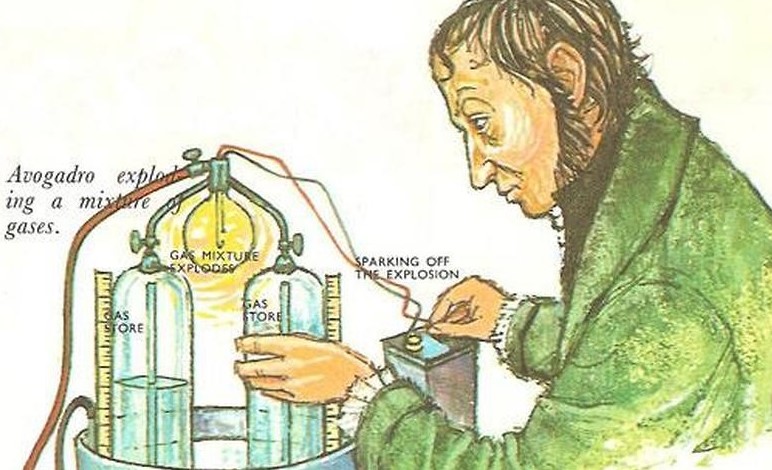
Understanding Amedeo Avogadro: Pioneering Contributions and Legacy
Introduction to Amedeo Avogadro
Amedeo Avogadro, an eminent 19th-century physicist and chemist, made profound contributions to the understanding of molecular theory, paving the way for modern advancements in chemistry. Born in 1776 in Turin, Italy, Avogadro’s early education in physics and mathematics laid the foundation for his groundbreaking theories, which continue to shape scientific discourse today.
Early Life and Education
Avogadro pursued a career in law initially but soon developed a keen interest in natural sciences, particularly physics and mathematics. His academic journey led him to become a professor of physics at the University of Turin, where he began formulating his theories that would later revolutionize chemistry.
Avogadro’s Law: The Fundamental Principle
What is Avogadro’s Law?
Avogadro’s Law states that equal volumes of gases, under the same conditions of temperature and pressure, contain equal numbers of molecules. This principle was pivotal in quantifying the behavior of gases and establishing a foundational link between macroscopic observations and molecular properties.
Impact and Significance
Avogadro’s Law provided a crucial breakthrough in understanding the behavior of gases, offering a quantitative relationship that was instrumental in the development of the kinetic theory of gases and subsequent advancements in chemistry. His work laid the groundwork for the concept of the mole, a fundamental unit in modern chemistry.
Contributions to Molecular Theory
Avogadro’s Hypothesis
Avogadro proposed that at the same temperature and pressure, equal volumes of gases contain an equal number of molecules, regardless of their chemical nature and physical properties. This hypothesis was initially met with skepticism but gained widespread acceptance as experimental evidence and theoretical frameworks corroborated its validity.
Legacy in Chemistry
Avogadro’s hypothesis provided a unifying principle that bridged the gap between empirical observations and theoretical explanations in chemistry. It enabled scientists to understand the relationship between molecular structure, atomic weights, and chemical reactions, laying the foundation for the development of stoichiometry and the periodic table of elements.
Avogadro’s Constant: Bridging Theory and Practice
Definition and Significance
The Avogadro constant, symbolized as NAN_A, represents the number of constituent particles (atoms, molecules, ions, etc.) per mole of a substance. It plays a crucial role in defining the mole, a fundamental concept in quantitative chemistry, and is used extensively in fields ranging from chemical engineering to material sciences.
Practical Applications
The Avogadro constant facilitates precise measurements in chemical reactions, molecular modeling, and the determination of atomic and molecular weights. Its accurate value, established through meticulous experiments and theoretical calculations, underpins the reliability and reproducibility of scientific data in diverse disciplines.
Recognition and Honors
Avogadro’s pioneering contributions to chemistry and physics have been commemorated through various accolades and honors. His legacy endures in the scientific community, with the Avogadro Medal being awarded to individuals who have made significant advancements in molecular theory and related fields.
Conclusion
Amedeo Avogadro’s enduring legacy in the realms of chemistry and physics is marked by his profound insights into molecular theory and the quantitative relationships governing chemical reactions. His laws and hypotheses have not only stood the test of time but continue to inspire new generations of scientists worldwide.



